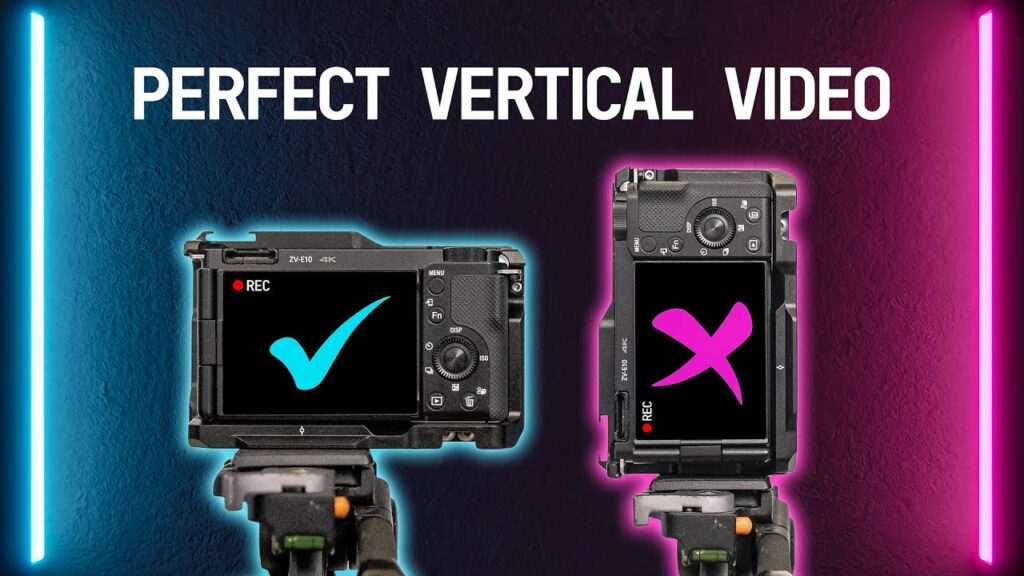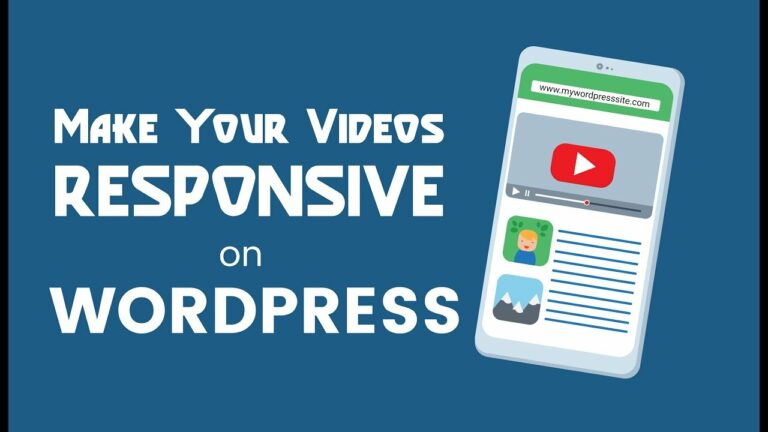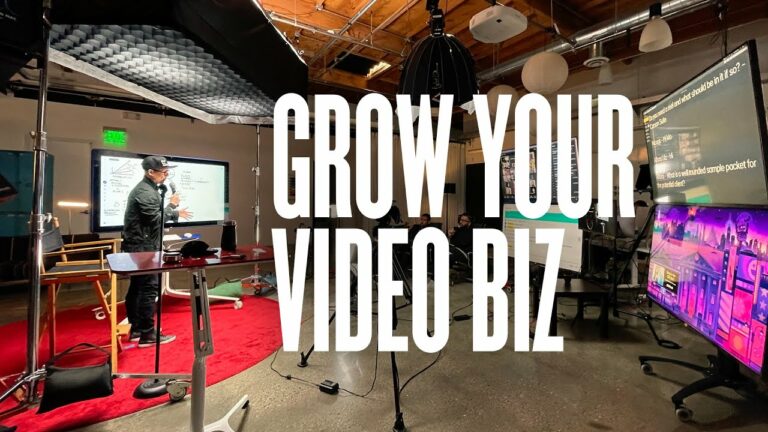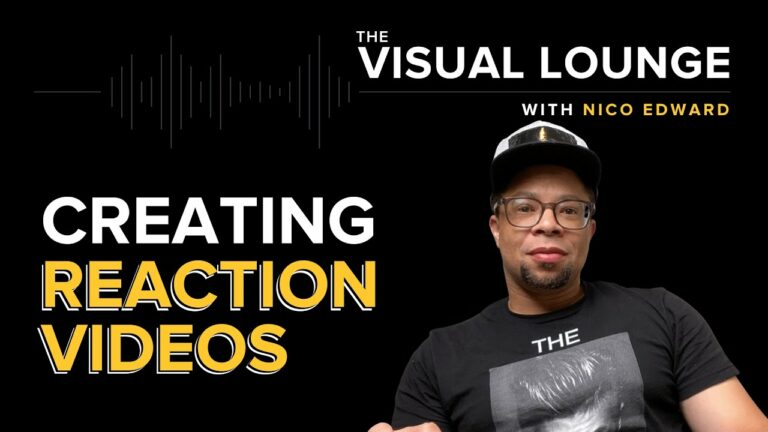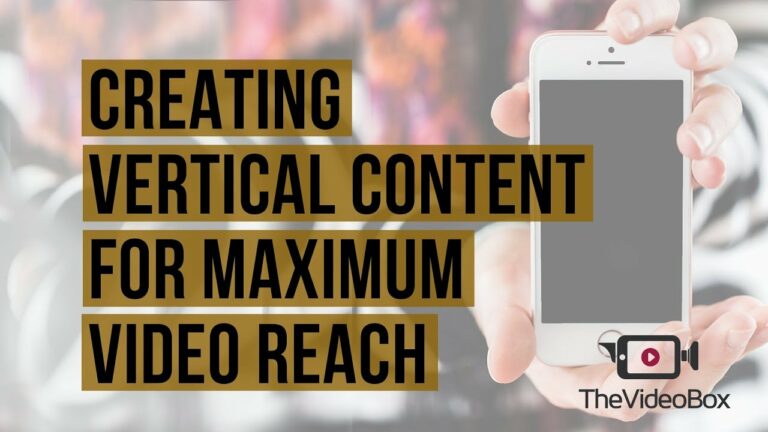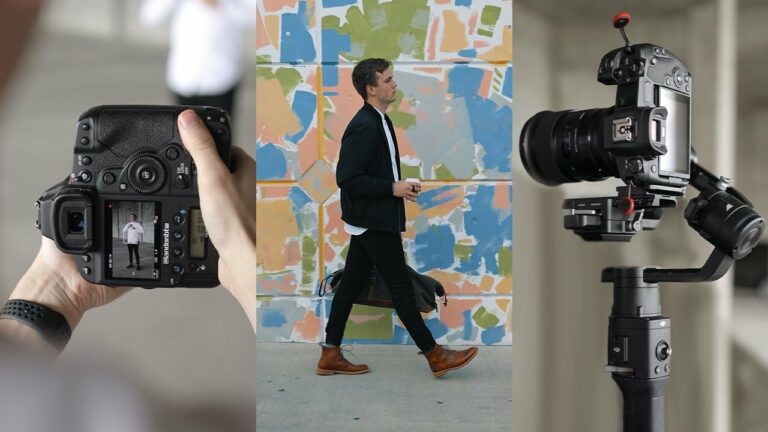Vertical Video Magic Unlock the Flood of Traffic
In recent years, YouTube has made a number of changes to its algorithm, which has led to a decline in views for many YouTubers.
One of the biggest changes was the switch to a mobile-first index, which means that YouTube now favors Vertical Video Magic Unlock the Flood of Traffic videos that are optimized for mobile devices.
Another change was the addition of the “Up Next” feature, which automatically plays a related video after the one you’re watching is finished.
These changes have led to a decline in views for many YouTubers.
However, there is one type of video that is still performing well on YouTube: vertical videos.
Vertical video isn’t just a trend—it’s a revolution in content creation, and using Camtasia can put you at the forefront of this transformation.
While horizontal videos have long dominated platforms like YouTube, the meteoric rise of TikTok and Instagram Reels proves that vertical formats are now king.
With Camtasia’s user-friendly interface, creating polished vertical videos has never been easier.
Its robust editing tools allow you to effortlessly transform raw footage into eye-catching visuals that fit perfectly on mobile screens.
But how does this translate to a flood of traffic?
The answer lies in platform algorithms favoring native formats.
Vertical videos often achieve higher viewer retention rates because they’re designed for seamless, scrolling consumption.
By consistently releasing engaging vertical content using Camtasia’s intuitive features like animations and overlays, you’ll capture your audience’s attention much more effectively.
This increased engagement signals social media algorithms to boost your video’s reach, resulting in exponential growth in views and followers.
Incorporating Camtasia into your workflow not only enhances quality but also maximizes ROI by cutting down production time significantly.
Imagine crafting professional-grade intros or captivating transitions without needing advanced technical skills—all while focusing solely on storytelling and creativity.
Embrace the vertical video magic with Camtasia to unlock unprecedented levels of audience engagement and traffic that keeps multiplying with every upload!
Table of Contents Vertical Video Magic Unlock the Flood of Traffic
Understanding the concept of vertical video
Most people are familiar with horizontal video, which is the standard orientation for TV and movies. Vertical video is a newer format that is becoming increasingly popular, especially on mobile devices.
Vertical video is simply video that is shot in a tall, thin aspect ratio, rather than the traditional wide aspect ratio. This makes it more suited for viewing on smaller screens, such as phones.
There are a few things to keep in mind when shooting vertical video. First, you need to make sure your camera is in the correct orientation. Second, you need to frame your shots so that the important action is in the center of the frame, since people will be viewing the video on a small screen.
Third, you need to be aware of the orientation of your subject matter. If you’re shooting a person, for example, you need to make sure they’re facing the camera so that they’re not cut off at the sides.
Vertical video can be a great way to connect with your audience on a smaller screen. Keep these tips in mind and you’ll be creating great vertical video in no time!
Developing a vertical video strategy
Vertical videos are becoming increasingly popular, especially on mobile devices. In fact, according to recent studies, vertical videos are watched more than horizontal ones. As a result, it’s important to develop a vertical video strategy if you want to reach a wider audience.
There are a few things to keep in mind when creating vertical videos. First, they should be shot in portrait mode, not landscape. Second, they should be concise and to the point. And third, they should be Optimized for mobile devices.
Keep these things in mind and you’ll be well on your way to creating vertical videos that reach a wider audience.
Elevate your content game with vertical videos by leveraging the powerful Camtasia tool, designed to streamline your creative process.
Unlike traditional horizontal formats, vertical videos naturally align with the way people hold their smartphones, enhancing viewer experience and engagement.
With Camtasia, you can effortlessly edit and repurpose existing materials into crisp vertical formats—ensuring that nothing goes to waste while delivering content that catches the eye in an instant.
Imagine having the ability to craft polished tutorials or compelling stories for Instagram Reels or TikTok in just a few clicks.
Camtasia offers drag-and-drop features, customizable templates, and seamless audio editing—all components that make it simpler than ever to produce professional-quality vertical videos without extensive technical expertise.
Embrace this strategy to keep up with—and stay ahead of—the evolving digital landscape where mobile-first consumers dominate.
Capturing the audience’s attention
Most people consume video content on their phones, and the trend is only increasing.
In order to reach your audience where they are, you need to create content that can be consumed on mobile devices. This is where vertical video comes in.
Vertical videos are taller than they are wide, and they are optimized for viewing on mobile devices.
People are used to holding their phones in this orientation, so vertical videos are easy and comfortable to watch.
Plus, vertical videos take up more space on a mobile device’s screen, so they are more likely to capture the viewer’s attention.
If you want to reach your audience on their mobile devices, you need to start creating vertical videos.
Engaging your audience doesn’t just happen; it’s an art that open minds toward your message.
Utilizing Camtasia, you can craft video content that is not only visually stunning but also genuinely compelling.
Enrich your presentations with interactive elements like quizzes and clickable links which foster a two-way connection, making viewers feel involved rather than mere spectators.
Moreover, leverage Camtasia’s superb screen recording features to create dynamically rich tutorials or demos that cater specifically to what your audience craves.
Break down complex processes into digestible segments adorned with annotations and callouts.
This not only aids comprehension but creates an immersive narrative flow, keeping viewers glued to the screen from start to finish.
Crafting an engaging storyline
If you want people to stick around and watch your vertical video, you need to have a strong storyline.
Keep your video focused and on point, and make sure there is a clear beginning, middle, and end. Engage your viewers from start to finish, and leave them wanting more.
To craft an engaging storyline, start by brainstorming a list of potential topics.
Once you have a few ideas, narrow them down by considering what would make the most compelling video. What would be the most visually interesting?
What would be the most informative? What would be most likely to go viral?
Once you have a topic in mind, start putting together a treatment, or outline, for your video.
This will help you stay on track as you’re filming, and will ensure that your video has a clear structure.
Finally, don’t forget to add a call to action at the end of your video.
This could be something as simple as asking your viewers to like and share your video, or subscribe to your channel.
Creating a memorable visual experience
Most people consume the majority of their video content on their phones, and most of that is watched in a vertical orientation. That’s why it’s so important to create a memorable visual experience for your vertical videos.
Think about ways to make your video stand out from the rest. Use strong colors, interesting graphics, and catchy music. If you can grab attention and hold it, you’ll be well on your way to making your vertical video magic.
Optimizing for different devices
As the world goes increasingly mobile, it’s more important than ever to make sure your videos are optimized for different devices. After all, what’s the point of creating great video content if no one can watch it?
There are a few key things to keep in mind when optimizing your videos for different devices:
- Use a responsive player: A responsive player will adjust automatically to the size of the device it’s being viewed on, ensuring that your video looks great no matter what.
- Use high-quality video: Just because a video is optimized for mobile doesn’t mean it can be lower quality. In fact, it’s even more important to use high-quality video on smaller screens, as the smaller format can often accentuate flaws.
- Consider using subtitles: Not everyone will be able to watch your video with the sound on, so consider adding subtitles or closed captions to ensure that everyone can follow along. following these simple tips, you can make sure that your videos are accessible to everyone, no matter what device they’re using.
Utilizing tools to create vertical videos
If you want to get more traffic from your videos, you need to start utilizing tools that will help you create vertical videos.
Vertical videos are becoming more and more popular, and for good reason. They’re easy to consume on mobile devices, and they’re perfect for social media platforms like Snapchat, Instagram, and Facebook.
There are a number of different tools you can use to create vertical videos, and we’ve listed some of our favorites below.
So, what are you waiting for? Start creating vertical videos and unlock the flood of traffic that’s waiting for you.
Monitoring the performance of your videos
If you’re looking to drive traffic to your website with video, then you need to be monitoring the performance of your videos. There are a number of ways to do this, but one of the most important is to track the number of views and engagement that your videos are getting.
This will give you a good idea of which videos are resonating with your audience and which ones are falling flat. You can then use this information to adjust your video strategy accordingly.
There are a number of tools that you can use to track your video performance, so find one that works best for you and start monitoring your progress.
If you’re not already using vertical video, now is the time to start. With the flood of traffic that vertical video can unlock, you’re missing out on a huge opportunity if you’re not already on board. So get started today and see the results for yourself. You won’t be disappointed.

